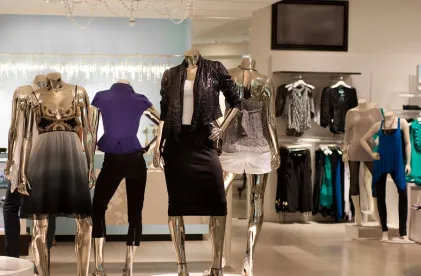The recent decision in Inditex v EUIPO demonstrates the far reaching, evolving nature of fashion brands and the markets they can operate in and are expanding into.
In this case, Inditex (one of the world’s largest fashion retailers and owner of the fashion brand Zara) appealed the EUIPO’s decision to grant registration of the ‘Zara Tanzania Adventures’ mark in classes 39 (travel and tourism) and 43 (travel agency services). The appeal was based on the registration of its own ‘Zara’ mark in class 39. But how can a fashion brand object to a mark in the travel sector?
In the appeal (found in Inditex’s favour) Inditex argued and evidenced the current trend of fashion brands evolving into new adjacent markets, such as food, travel, hotels and restaurants. Some could even argue that fashion marks are slowly becoming lifestyle brands with examples of this cross sector branding being seen all over from hospitality (think Gucci’s pasta restaurant in Florence and Ralph Lauren’s coffee café and bar in London) to food and drink (such as Chanel’s Napa Valley winery, D&G’s collaboration with Martini, Moet’s collaboration with Charlotte Olympia and ever Cath Kidston creating unique labels from Heinz).
Inditex argued that realms of fashion and travel had become intrinsically linked with fashion magazines often combining fashion and travel articles and social media influencers and bloggers commonly documenting their travels, fashion, hotels and restaurants all in the same post. This interplay of the two sectors can be further seen in other examples, such as airline uniforms with collaborations like Vivienne Westwood and Virgin Atlantic, and Martin Grant and Qantas. Their argument followed that due to the expanding nature of fashion brands, while the goods in class 39 and 43 may not be considered to be similar to their goods (currently limited to clothing and accessories), they are still linked to the same commercial sector and the strength of their mark’s reputation and distinctiveness will lead to a risk that the applied mark may impact their mark.
The court found that, in line with the current trend of fashion marks evolving towards other markets, the risk of unfair advantage cannot be ruled out in spite on the differences between the goods and services, and emphasised the importance of considering all relevant factors to the circumstances of the case in order to ascertain the risk.
This case is a useful reminder that although trade marks operate within the class categorisation system, the potential for confusion can occur across many classes and the risk is likely to evolve over time.




 />i
/>i
